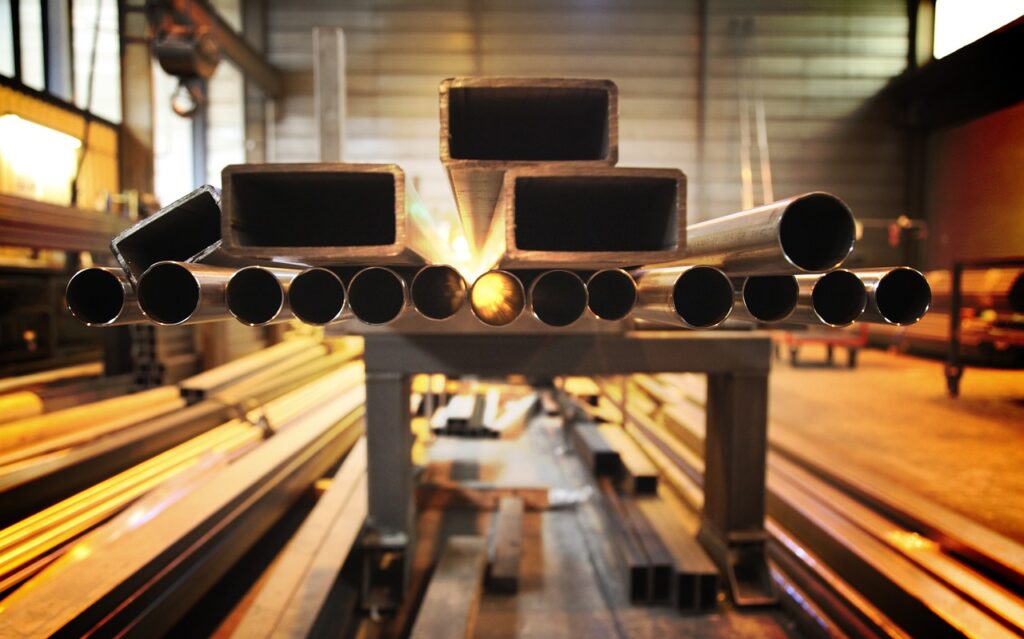Rystad Energy’s recent analysis raises critical questions about the feasibility of transitioning Europe’s steelmaking industry to greener alternatives using green hydrogen.
Despite the environmental benefits of green steel, the economic viability remains a significant concern. Rystad warns that the cost of producing green steel could be up to €1,000 per tonne more than conventional methods, posing a substantial challenge for widespread adoption.
While governments like Germany have pledged significant subsidies to support green steel initiatives, Rystad suggests that even with these financial incentives, the transition to renewable hydrogen-based steelmaking may still be prohibitively expensive compared to importing Direct Reduced Iron (DRI) from overseas.
Rystad’s analysis highlights the cost disparities between green hydrogen-based DRI and natural gas-based DRI, with the former expected to remain more expensive even with anticipated cost reductions by 2030. Additionally, reliance on global DRI exports poses geopolitical risks, as evidenced by recent declines in trade volumes due to various geopolitical factors.
While injecting hydrogen into blast furnaces presents a potential emissions reduction strategy, challenges remain in terms of scalability and technological readiness. Pilot projects in the United States and Japan underscore ongoing efforts to explore alternative pathways for emissions reduction in steelmaking.
Rystad’s analysis underscores the complex economic and technological landscape surrounding the integration of green hydrogen in steelmaking.
